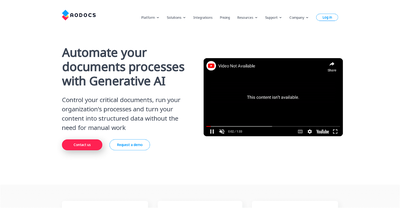WebSim AI

WebSim AI is a cutting-edge website creation tool that leverages advanced AI models like Claude 3.5 Sonnet and GPT-4o to revolutionize web development. It enables users of all skill levels to create functional, dynamic websites and web applications simply by describing their vision in natural language or entering a URL. WebSim AI transforms static web design into an interactive, explorable environment where ideas can be rapidly prototyped and brought to life without coding knowledge.
Highlights:
- AI-powered web generation
- Interactive simulated internet
- Customization and editing
- Multi-format content creation
- Project management
Key Features:
- Creates fully functional websites and web applications from text prompts or URLs using advanced AI models.
- Allows users to explore and interact with AI-generated web content in a virtual browser environment.
- Provides tools for users to modify and refine AI-generated content to match their vision.
- Generates various types of web content including text, images, layouts, and even basic functionality.
- Offers features for organizing multiple projects, versioning, and favoriting creations.
Benefits:
- Highly accessible to users with varying technical skills.
- Enables rapid creation and iteration of web content.
- Offers a unique, AI-driven approach to web development.
- Facilitates creative experimentation and ideation.
- Provides tools for organizing and managing multiple projects.
Use Cases:
- Rapid prototyping for client presentations or user testing.
- Creating interactive web-based learning experiences or simulations for various subjects.
- Exploring unconventional web design ideas or generating content for art projects and installations.
- Brainstorming and visualizing content structures for blogs, online stores, or informational websites.
- Rapidly testing different user interface layouts and interactions for web applications.






Comments
Please log in to post a comment.